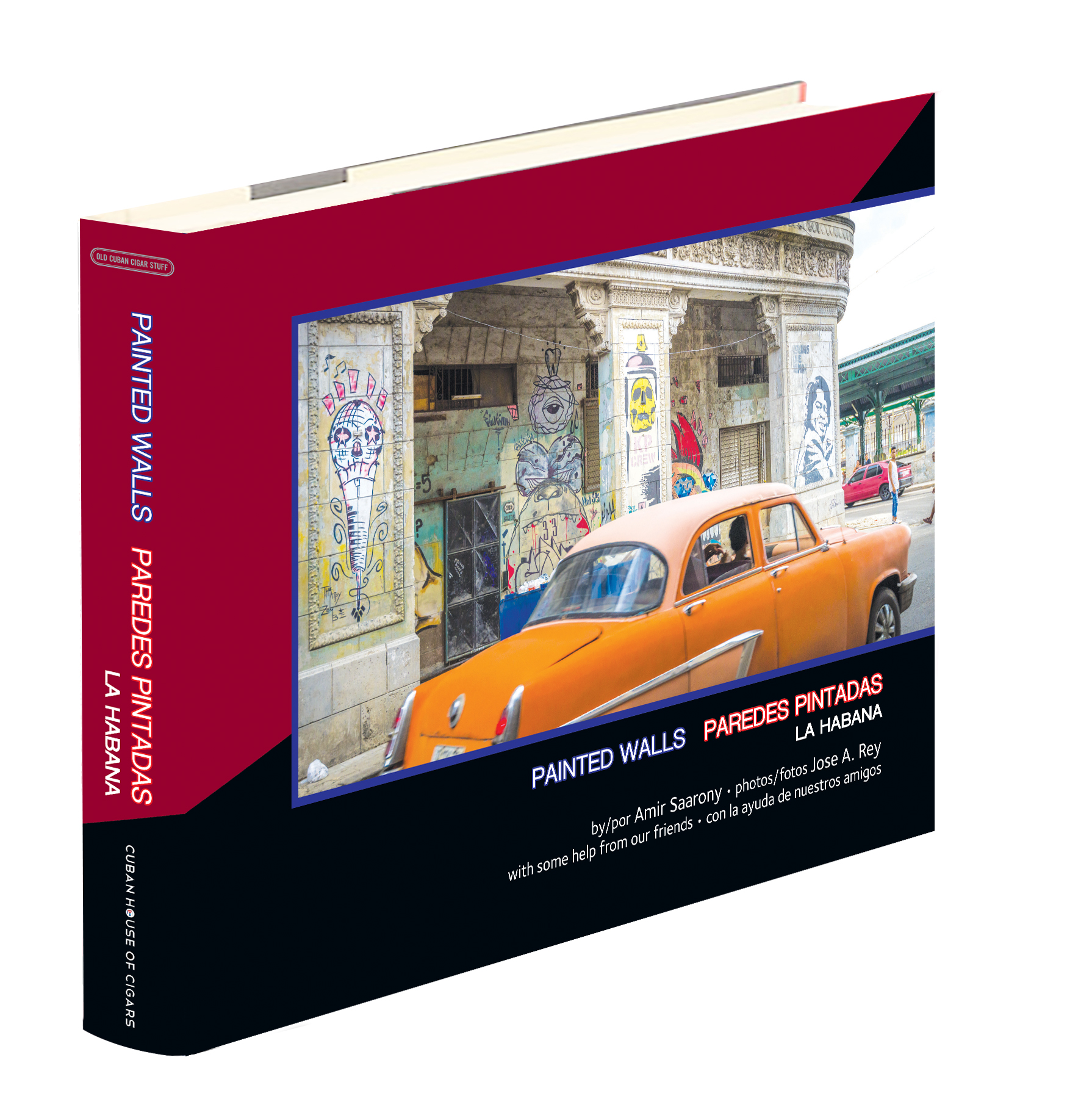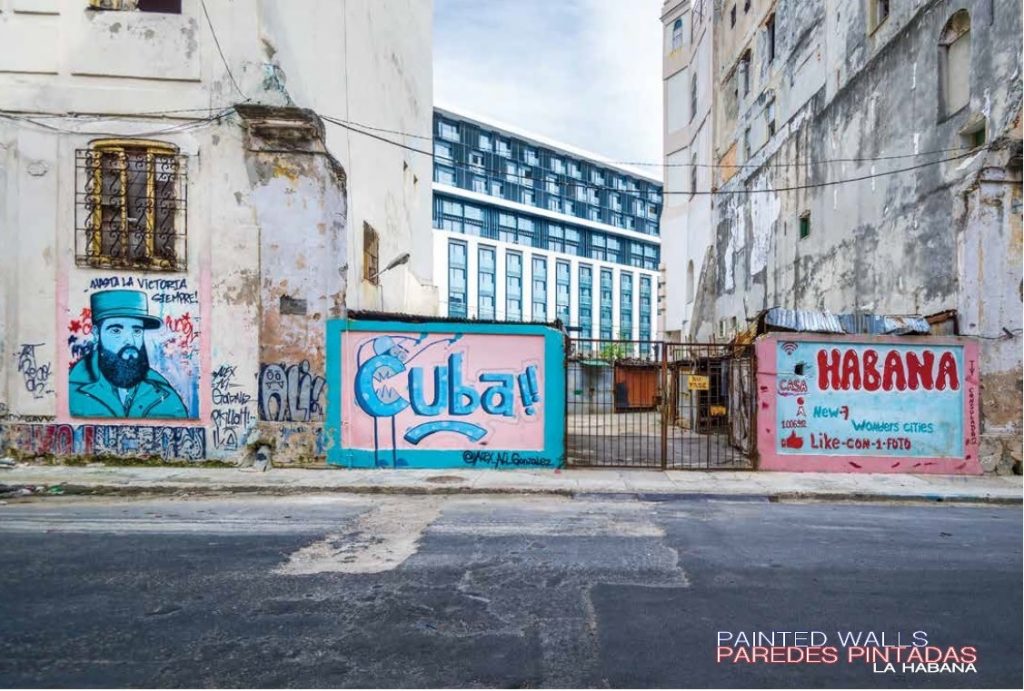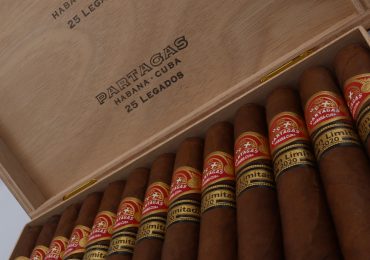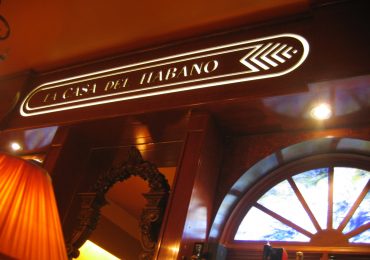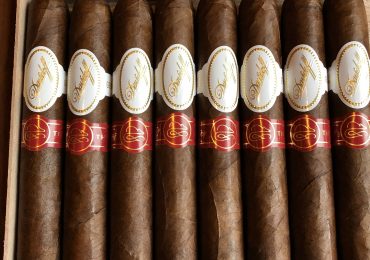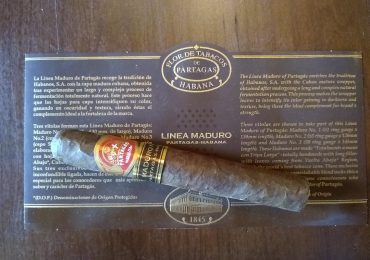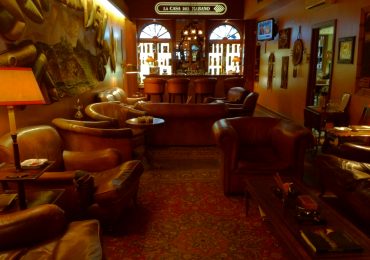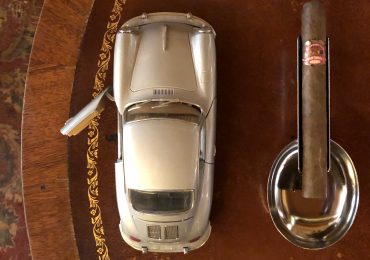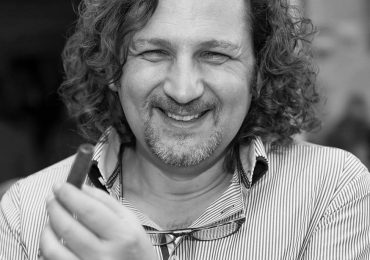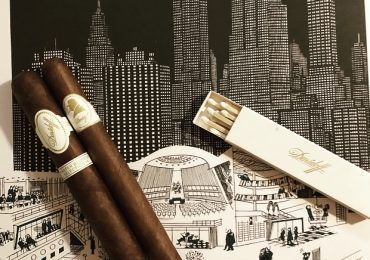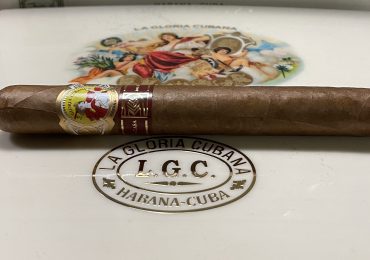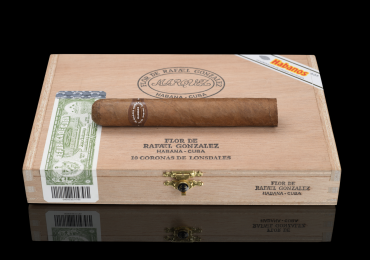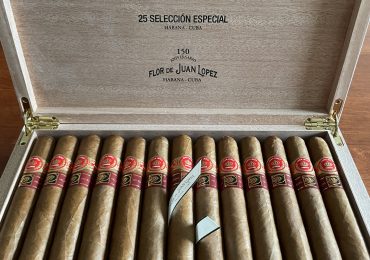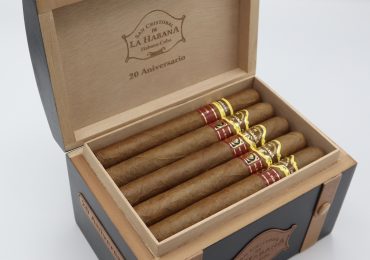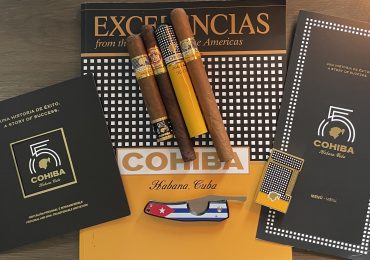On my recent trip to Havana, during the 2019 Habanos Festival, I ran into our old friend and collegue Amir Saarony as we were both enjoying a cigar at the famed La Casa del Habano in Miramar, on Quinta y 16. It was there that Amir showed me a preview of his new art book, and I was immediately drawn in to the uniqueness and appeal of his latest work. During that visit, the author asked if I would be interested in writing the foreward to his Painted Walls – La Habana book, and there we created this edition exclusively for CubanHouseOfCigars.com.
The graffiti scene in Havana is vibrant and exploding with energy. Talented artists are turning the historical city into a vibrant, living gallery of contemporary art. Following a long tradition of painted walls being the voice of the government, they are now also the voice of a generation. A generation with a great need to express themselves. The Havana graffiti scene has become a magnet for artists throughout the globe.
The book is available for purchase at La Casa del Habano Montreal, or on our online shop here.
We are also hosting an exclusive Book launching with Amir Saarony at La Casa del Habano Montreal. The tickets (includes the book, 3 Havana Club cocktails, and a Partagas D4!) for that event can be purchased here
For those of you who are not familiar with the author, here’s a little bio.
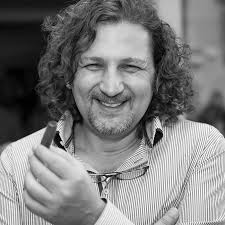
About Amir Saarony
Amir Saarony is a Canadian graphic designer who has been involved in ventures in Havana for 20 years. He has worked there for foreign companies, including setting up the first Mac design & prepress studio in Cuba, helped humanitarian projects and cultural projects alike. After over 100 trips he wants to show the world that Havana is a great city with more than the stereotypical clichés to offer. Yes, there is music, rum, cigars and even beaches… but there is a city with millions of souls and millions of stories. The talent and energy are a force that needs to be seen, recognized and honored.
This is his second book sharing his love of Cuba. The first was Partagas El Libro, a biography of the iconic brand of Cuban cigars and the people and times that shaped it. Available here
The Interview
Below is an interview with Mr. Saarony, and I recommend reading the whole way through as there is some little information about a potential upcoming book!
(Antonio Marsillo) You are well known in the international cigar community, especially since the release of your Partagas Book that received great acclaim in the cigar world. Tell us about your idea to step away from the cigar theme and focus this new book on the art that covers the walls in Havana.
(Amir Saarony) For a foreigner, I know Havana, or at least that is what I told myself and others. After over 20 years and 120 trips to the city I felt as if it was my second home. I was friends with people in the cigar world, hotels, knew the best chefs and the security at the most popular nightclubs. I walked the streets not as a tourist but as a local, a connected local. Then I had an epiphany.
I like many of my friends who came on a regular basis, 2-3 times a year for many years, would be the go-to sources information on Havana for anyone visiting. Why? Because we “know” Havana. Well we didn’t. We knew parts of Vedado, parts of Mirimar and maybe a few other places of interest in Old Havana or on the outskirts. In fact, mostly our knowledge consisted of restaurants, cigar shops, nightclubs and a few hotels where we gathered. The Havana we knew had more to do with creating a comfortable life for foreigners than the daily lives that surrounded us.
Art was one of my first loves and remains a driving passion. Street art has always spoken to me as the art of the people, the voice of the generations who do not yet have a formal voice. I had long accepted that this voice was muted in the city I called my second home. Slowly I started to see a few pieces in the streets a few years ago, but again, I considered it an anomaly rather than a change. Then the voice got louder. It spoke to me directly and it seduced me. So much so that I was driven to commit my time, energy and resources to amplifying that voice to a global audience.
THE ART & THE STORIES BEHIND THEM
(Antonio Marsillo) This new book, “Painted Walls – La Habana” has the look and feel of an art book / coffee table book. However, when you go through the book, you see there is more than just the art, but the stories behind the artists and the pieces. How do you envision the readers’ relationship or experience the book?
(Amir Saarony) The book has a clear two-fold objective. The first, as implied previously, is to open people’s eyes to a Havana that a tourist rarely sees and, even less likely, knows anything about. Havana is a major city. Like any other it has people of acknowledgeable talents, ideas, and accomplished lives. I designed it as an art book because it is art. There is no vandalism, nor propaganda featured. The work of these artists should be viewed as a result of their environment, inner and outer. In the end, either their art speaks to you or it doesn’t. The colour of their passport should not figure in this assessment.
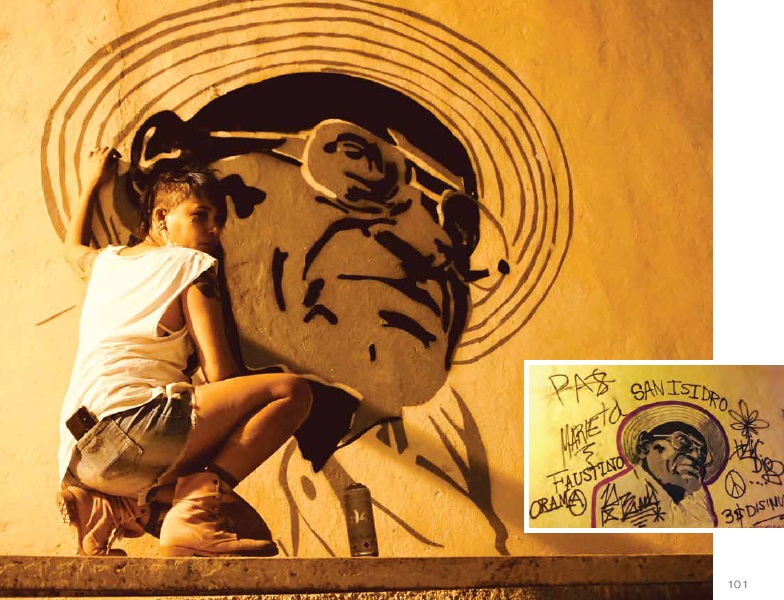
(Antonio Marsillo) Many of the artists featured are not Cuban. From a logistics standpoint, did the artists fly down specifically to create their work? I imagine it must take some time to complete one of those works, especially given the canvases they are using? Tell us about how some of the international artists got their art done in a foreign country.
(Amir Saarony) This is one of the big surprises that I encountered during the production of this project. The number of international artists that have flown into Havana to paint is staggering. It is truly a hot spot. Painting in Cuba offers specific difficulties. Materials being primary. Many artists had to carry their own supplies to paint. Not an easy thing to explain at customs when the act of painting walls is still illegal. The determination to fight the obstacles is a testament to their strength of purpose. Many connect with local artists and of course, share what they have as far as materials go. If they are unsuccessful in importing what they need they often call on the local artists to help them find what is available and work within those limitations.
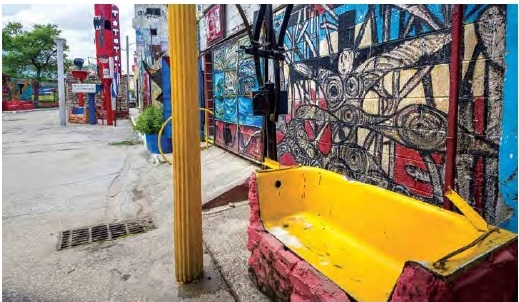
Every visiting artist that is in the book participated in the project. They did a written interview and scoured their archives for photos. For this I am eternally grateful. Some of these artists are globally renown. 1up from Germany gets over 1,000,000 views on their amazing YouTube videos; Chris Dyer from Montreal has almost 500,000 followers on IG; Miss Me (also Montreal) does gallery shows and events around the world. These are not lightweights; they are important artists in this milieu who took the time to help this project. It speaks to how highly they think of the scene in Havana.
One story that struck me with tremendous force is Stinkfish from Colombia. This artist does gallery shows around the world. He was in Havana once, in 2003, changing flights. He had a few hours to kill and took a cab into the city, painted and returned to the airport. Of course, the image is long gone but thanks to his efforts we have it in the book. It shows that painting is not a desire but a need for them.
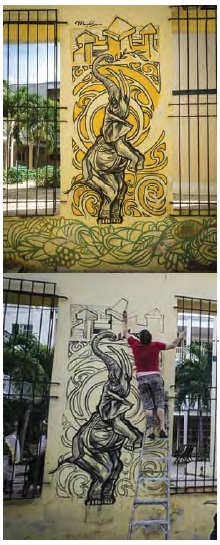
Another highlight is RONE from Australia. This artist does not do a typical museum show, they gave him a mansion to completely transform for a show this year. One of his portraits survived Hurricane Irma when the building around it did not.
I am very grateful for all the support of too many artists to mention.
(Antonio Marsillo) It seems like one of your intentions was to get these voices heard. what was the reaction from the artists when you told them they would be featured in your upcoming book?
(Amir Saarony) As I mentioned in the previous answer, the visiting artists, even the most famous were enthusiastic about participating. I believe it shows their respect for the Cuban scene and the artists they met. The Cubans, they opened up their homes, their families and their time. Through them I was able to connect with many of the foreign artists.
I believe that they had the same feeling I did. That this was the time to recognize the energy of this movement. The force of the first generation to so loudly and so publicly proclaim they have a voice and it shall not be ignored.
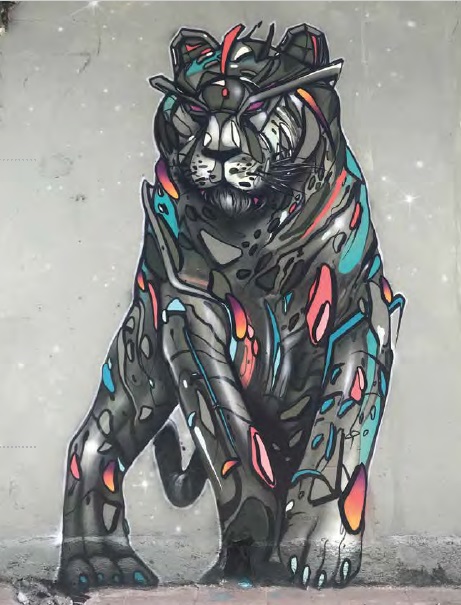
LET’S TALK CIGARS!
(Antonio Marsillo) Ok, this is a cigar magazine, so, let me ask what many fans of your Partagas book might be wondering. Is there a follow up to the Partagas book in the works?
(Amir Saarony) It has been my intention to turn the Partagas book into a series, that was the plan from the start. I have slowly begun research on successive volumes. I really just need to create the circumstances that would allow me to complete them. H. Upmann, Hoyo de Monterray and Romeo y Julieta are all currently in the research mode.
(Antonio Marsillo) You and I both are advocates of vintage cigars. However, every once in a while there is a fresh cigar that just blows your mind. How often do you enjoy new cigars vs aged cigars? Are you seeing a transition in the new releases coming out of Habanos?
(Amir Saarony) I would say I have a healthy frequency of vintage cigars in my rotation but at least 50% of what I smoke is what I call fresh or aged (my definitions may not be the industry standard. I consider under 3 years fresh and aged to be up to 10 years). One that has been in both rotations for many years are the Trinidad Coloniales and Reyes. I find these to be extremely consistent, good fresh and better aged. I am finding that the current releases are either to my palate or not. If they are, I find the quality to be very good. In fact, I would say the quality across the board is better, even in those cigars I am not taken with. Some that I find have maintained quality and enjoyability throughout the years, beyond the Trinis, has been the Juan Lopez No 2, Punch Churchill, Partagas Lusitanias, and for the quick smoke which has become an unfortunate standard here in Canada, the H. Upmann Half Corona is a brilliant little smoke. It is difficult for me to judge a lot of the new production as I enjoy long skinnies and they are not currently in fashion.
—–
Join us at the book launch! Spaces are limited, get your tickets here
Leave a comment

